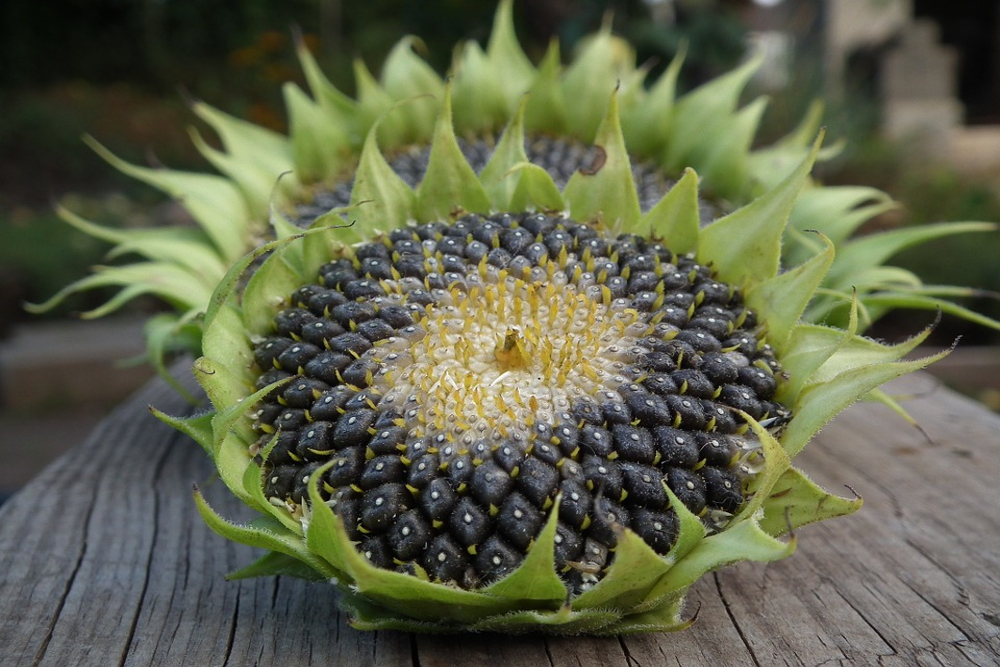
There’s a Difference between Buying Organic and Not Buying GMOs
You never know where the snatches of conversation overheard at farm stands or farmers markets will lead you—into an impromptu recipe exchange, for instance, or the desire to try a new vegetable (or part of one, like beet greens). The dark side of this eavesdropping is that you will hear culinary myths being perpetuated left, right, and center.
August 18, 2016 | Source: Alternet | by Jane Lear
You never know where the snatches of conversation overheard at farm stands or farmers markets will lead you—into an impromptu recipe exchange, for instance, or the desire to try a new vegetable (or part of one, like beet greens). The dark side of this eavesdropping is that you will hear culinary myths being perpetuated left, right, and center.
One common misconception I hear is that lettuce isn’t nutritious. (Not true: Although the darker green the leaf, the greater the nutritive oomph, all lettuces—even much maligned iceberg—contain, in varying quantities, dietary fiber, vitamins C and K, beta-carotene, magnesium, potassium, chromium, iron, folate, and even a little protein.) Another one is that vegetables like tomatoes, eggplant, and others in the nightshade family should be avoided at all costs. (Again, not true, and here’s the lowdown.)
Lately, I’ve been hearing a number of folks wonder aloud about the difference between organic produce and foods that are “non-GMO”—that is, not genetically modified.
OK, long story short: Produce that is USDA-certified organic cannot be genetically modified, but something that is not genetically modified may or may not be certified organic.
“The use of genetic engineering, or genetically modified organisms…is prohibited in organic products,” explained Miles McEvoy, National Organic Program deputy administrator, in a 2013 blog post on the USDA website. “This means an organic farmer can’t plant GMO seeds, an organic cow can’t eat GMO alfalfa or corn, and an organic soup producer can’t use any GMO ingredients. To meet the USDA organic regulations, farmers and processors must show they aren’t using GMOs and that they are protecting their products from contact with prohibited substances, such as GMOs, from farm to table.”
Inadvertent drift and cross-pollination are serious, ever-present worries for organic producers. “Organic operations implement preventive practices based on site-specific risk factors, such as neighboring conventional farms or shared farm equipment or processing facilities. For example, some farmers plant their seeds early or late to avoid organic and GMO crops flowering at the same time (which can cause cross-pollination),” McEvoy continued. “Others harvest crops prior to flowering or sign cooperative agreements with neighboring farms to avoid planting GMO crops next to organic ones. Farmers also designate the edges of their land as a buffer zone where the land is managed organically, but the crops aren’t sold as organic.”
